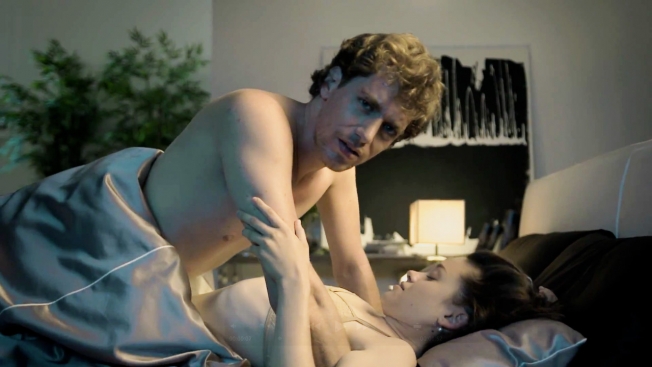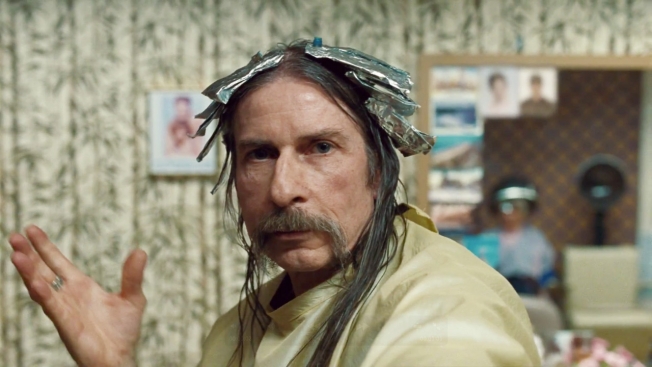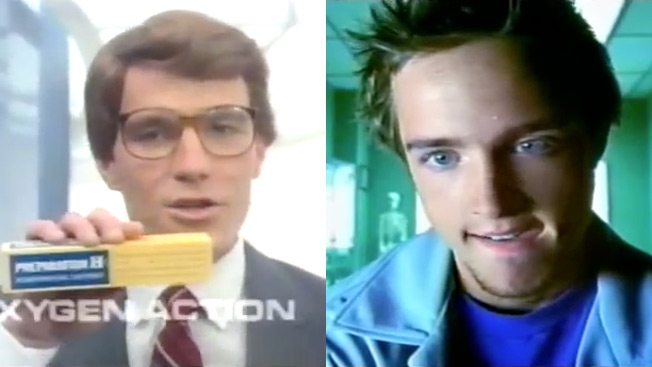![]() When the holding companies Publicis and Omnicom announced last month they were joining forces to form the world’s largest ad agency group, they called it “a new company for a new world.” Other, hyperbolic terms used to describe the mega merger included “stunning,” “seismic,” “a superstructure”—and that was just our own reporting.
When the holding companies Publicis and Omnicom announced last month they were joining forces to form the world’s largest ad agency group, they called it “a new company for a new world.” Other, hyperbolic terms used to describe the mega merger included “stunning,” “seismic,” “a superstructure”—and that was just our own reporting.
In reality, the concept of global marketing is not so earth-shattering. It’s been around since the first merchant went to sell his goods abroad. Yet on a larger scale, global marketing has been much more challenging—borders have proven to be barriers. And yet, OmniPub is just the latest evidence that the global media buy may be becoming more of a reality.
“We can now reach consumers globally and get feedback globally,” IAB president and CEO Randall Rothenberg points out. “Now, fact meets a 30-year-old theory,” he says, referring to the rise of the idea in the ’80s that in the age of the multinational corporation and the homogenized consumer, marketers could (cheaply) sell the world the same product with the same message—an idea that would prove easier said than done.
Marketers would come to realize the monolithic global consumer segment had its limits, as brands found that translating ad campaigns into other cultures required more local understanding than they had anticipated. And even if marketers were set up to buy globally, media weren’t. Global media conglomerates owned individual properties that were local, regional or national, and buying remained a market-by-market transaction.
Enter global digital giants Facebook and Google, enabling marketers like Nestlé and Nike to reach a wide swath of consumers. And those properties don’t just afford scale—with their reams of consumer data, marketers found they could pinpoint customers and update their messaging in real time.
Top brands like Samsung, Nike and L’Oréal are already immersed in digital as a means of getting their messages out across borders. Most every marketer is at least dipping a toe in. “Client after client, there’s discussion of global media,” says Eric Bader, CMO of RadiumOne, speaking of his previous stint at Initiative. “They want to lower the cost of putting their message in front of consumers. That’s what every CEO is tasked to do.”
Whether it’s a new car or motion picture being marketed, digital offers scale and targeting, points out Carolyn Everson, vp, global marketing solutions at Facebook. “Some of the only ways to reach people in the Philippines is on their mobile device,” she says.
![]() What’s more, digital media present fewer risks with its consistency of audience measurement worldwide, versus traditional media and their patchwork of standards market to market. And media sellers and agencies are setting themselves up to follow marketers’ global shift online.
What’s more, digital media present fewer risks with its consistency of audience measurement worldwide, versus traditional media and their patchwork of standards market to market. And media sellers and agencies are setting themselves up to follow marketers’ global shift online.
Interpublic’s IPG Mediabrands, for one, is creating a new publishing division that will enable it to tailor global messages to be distributed locally, in real time. Online giants are building their digital video ad networks with an eye on TV ad dollars. Facebook is said to be planning to sell 15-second, TV-style ads, while Google’s YouTube has been bankrolling premium channels, and AOL just plunked down $405 million for a video ad platform.
Among traditional media, TV networks and sports leagues are teaming up to facilitate global marketers buying major events like the Olympics. The New York Times is rebranding its International Herald Tribune as the International New York Times, and Hearst Magazines has created a global digital ad sales unit, Totally Global Media, to simplify sales across sites that reach 200 million unique visitors worldwide each month. Hearst also plans to add its international inventory to the private online ad exchange it operates in the U.S.
“We see these global citizens, people who are consuming news outside their home country because they may be traveling, owning businesses in other countries. They may have family in other countries,” says Andy Wright, group advertising vp at the Times. “This single brand will allow us to build on the consumer side, but also on the success we’ve had with advertisers.”
Even as some barriers to global ad buys have fallen away, significant ones still remain. Not all clients are set up to buy and carry out global ad campaigns, and much of the time budgets are still locally controlled or multiple agencies work on a brand. The typical ad budget is still mostly tied up in TV, which is local in nature. And with no accepted way of translating GRPs to click-throughs, it is difficult to convert TV dollars to digital—one of the biggest barriers in the shift to online media. Says Bader: “I think there’s a lot of spending that could be globally based. TV has been the last big iceberg that hasn’t moved over yet.”
The creative process also needs to catch up to the global opportunity. While categories like electronics and movies might have the same message worldwide, others, including food and cosmetics, are regionally specific. The theoretical ease of buying digitally doesn’t negate the need for messaging to be tailored locally, even in search. “One size fits all is a massive mistake,” Bader says.
But there’s scarcity in content, says Mark Renshaw, chief innovation officer at Leo Burnett, whose clients include global brands like Coca-Cola and McDonald’s. “YouTube has an unlimited shelf space,” he says. “Brands are still struggling with global content production. There’s legal approval, production companies that may not be the most adaptive. There’s a new dynamic, and we’ve got to change the way we work.”
The inertia of years past is beginning to change, says Eileen Naughton, global accounts lead at Google. Naughton cites recent campaigns like Nike’s “Find Your Greatness” and Dove’s “Real Beauty Sketches” that the clients amplified on YouTube after seeing them take off on social media. “Certain companies operate extremely well,” she says. “The more sophisticated marketers get it.”
llustration: Davor Pavelić
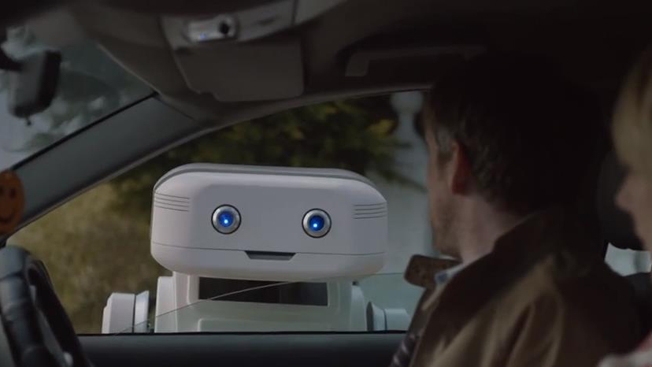


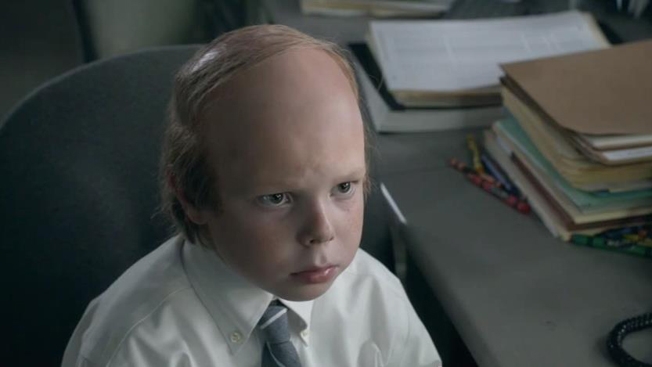

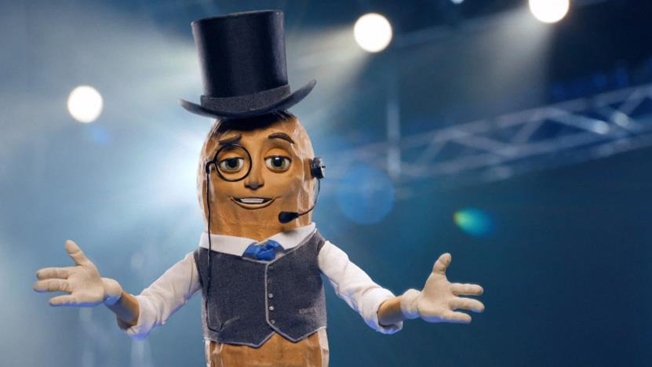

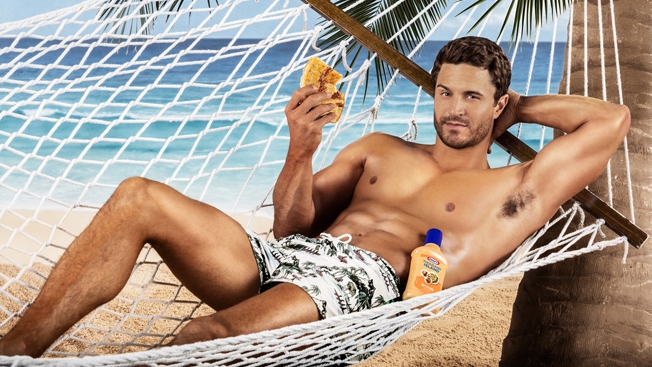





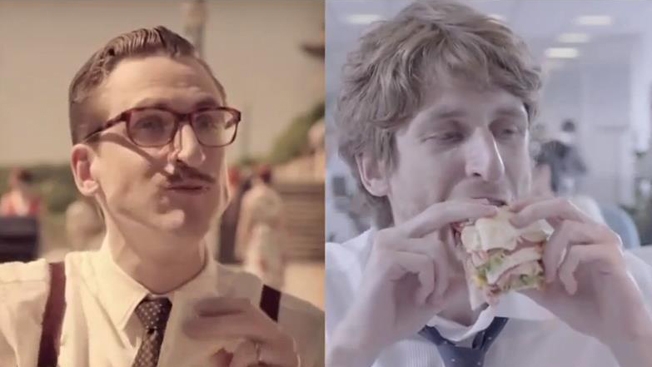
 When the holding companies
When the holding companies  What’s more, digital media present fewer risks with its consistency of audience measurement worldwide, versus traditional media and their patchwork of standards market to market. And media sellers and agencies are setting themselves up to follow marketers’ global shift online.
What’s more, digital media present fewer risks with its consistency of audience measurement worldwide, versus traditional media and their patchwork of standards market to market. And media sellers and agencies are setting themselves up to follow marketers’ global shift online.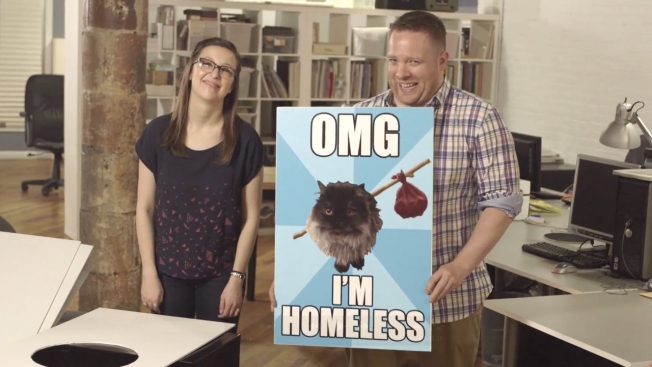
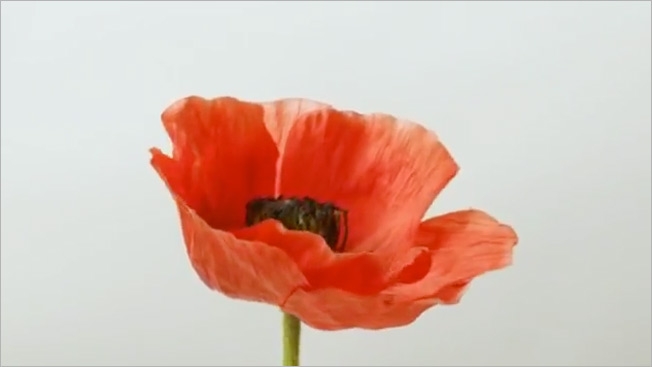

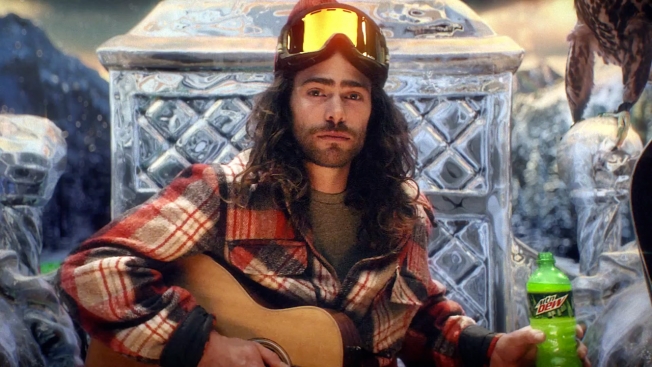
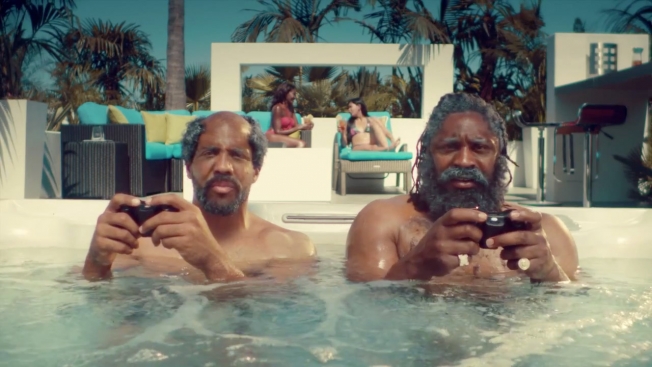



 FILMING/ART DIRECTION: Martin Granger of Moxie Pictures shot for two 10-hour days at Tottenham's training ground in London in late July. Tottenham was one of the few Premier League teams not traveling at the time and was able to make its first team available for filming. "They were extremely accommodating. Obviously they want their name known in the States," said Barnett.
FILMING/ART DIRECTION: Martin Granger of Moxie Pictures shot for two 10-hour days at Tottenham's training ground in London in late July. Tottenham was one of the few Premier League teams not traveling at the time and was able to make its first team available for filming. "They were extremely accommodating. Obviously they want their name known in the States," said Barnett.
